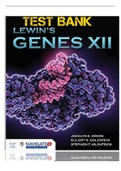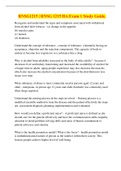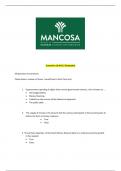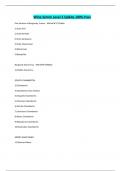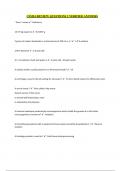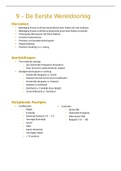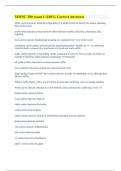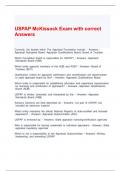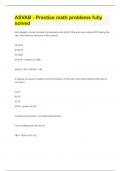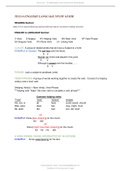Exam (elaborations)
Test bank for Lewin’s GENES XII|2022 UPDATE|
- Module
- Nursing
- Institution
- Galen College Of Nursing
Test bank for Lewin’s GENES XII|2022 UPDATE| Test bank for Lewin’s GENES XII|2022 UPDATE| Test bank for Lewin’s GENES XII|2022 UPDATE| Test bank for Lewin’s GENES XII|2022 UPDATE|'v Test bank for Lewin’s GENES XII|2022 UPDATE| Test bank for Lewin’s GENES XII|2022 UPDATE| Test bank...
[Show more]
